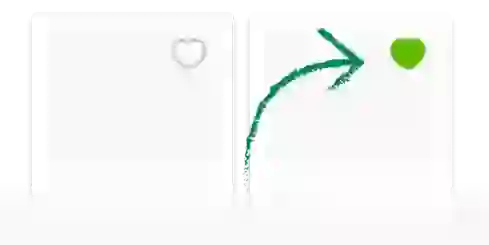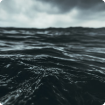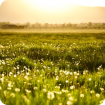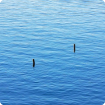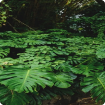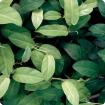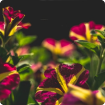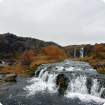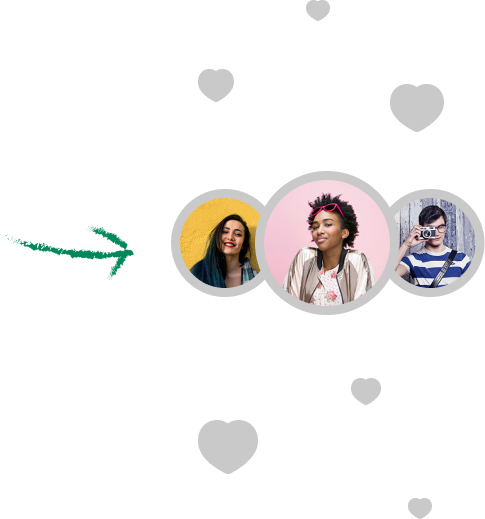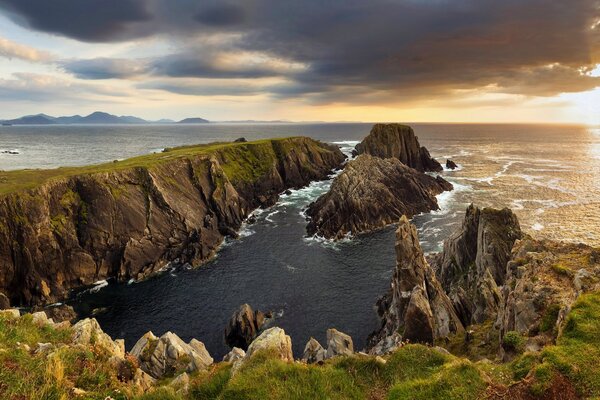$name
“Sometimes all you can hear are the insects on the breeze, and in spring when the call of the cuckoo echoes in the silence, it’s a magic place.”
That’s Colm Malone, a local park ranger at Clara Bog, County Offaly, summing up his work environment. It’s poetic, but then the tranquillity of the boglands, the beauty of this quiet landscape, would bring poetry to anyone’s heart.


Optional Caption Text
Magic of the bogs
There is magic in these Hidden Heartlands, but the science is simple enough. A bog is a flat wetland that accumulates peat, or dead plant material, to a considerable depth below ground level. On the island of Ireland, many of them occur in the middle of the island, in an area known as Ireland's Hidden Heartlands, although mountain and coastal areas also have their share.
The boglands in counties such as Offaly and Longford are mainly raised bogs. Their construction is straightforward, though time-consuming: over thousands of years undecomposed plant material forms a thick and almost impenetrable layer of peat that progressively grows. The upper surface is then colonised by species such as moss, and the raised bog flourishes.


Optional Caption Text
Life on the bog
L-R: Photographer Tina Claffey; birch shieldbug; marsh fritillary; devil's matchstick lichen
Legend and life on the bog
For centuries the boglands provided turf for domestic heating and cooking, as well as for commercial enterprises.
But the environmental cost of using turf in this way has become apparent over recent decades, and the practice is being phased out. Instead these serene places have become a collection of nature reserves where a very specific flora and fauna flourishes.
Distinctive habitats
Take your time and you might see a fox munching on bilberries, a kestrel stalking a field mouse, or dragonflies flitting about the wild orchids. The strange, ancient, magic boglands of Ireland are home to a cast of characters who intimately know every inch of their distinctive habitat.
The hares know all about the bogs, too – where to shelter, where to find the best hummocks to graze on, and how to escape predators. This they do with commendable élan. Although their feet look like a clown’s, a hare can speed across the bog with an acceleration that wouldn’t disgrace a Formula One racing driver. It is a startlingly dramatic sight.


Optional Caption Text
The hare holds one other piece of information: the location of the entrance to the Otherworld, where the gods and heroes dwell.
Oddly enough, this happens to be in Ireland’s boglands, if legend is to be believed. According to the same source, hares also know where buried treasure lies; so they’re a multi-tasking, buck-teethed bargain.
Dancing lights
The decaying material of the bogland produces another phenomenon, called “will o’ the wisp”, or sometimes more graphically “the dreadful fairy lights” – and we’re not talking Christmas tree lights.
Will-o’-the-wisp is only seen in the darkest of nights, a light dancing on the bog away in the distance. These, it was widely accepted at one time, were spirits of the dead luring travellers into treacherous marshes.
Now trapped in the bogland, the spirits could not enter either heaven or hell, and spent their days wandering the earth.


Optional Caption Text
The Count Dracula connection
The will-o’-the-wisp makes an appearance in Dracula. Author Bram Stoker, a Dublin man, never visited Transylvania, but he had travelled extensively through Ireland, and knew the boglands well.
His extravagantly-fanged Count refers to the common folk belief that these strange bog lights mark where treasure is buried. Count Dracula was always keen to help.
Scientific explanations
More pragmatic scientific explanations for will-o’-the-wisp generally focus on the spontaneous ignition of hydrocarbon gases emitted by the decaying peat.
The legends of course, come from the people who have lived round the boglands since pre-history – so they’ve had plenty of time to hone their folklore, their tall tales, and their sagas.


Optional Caption Text
The sinister side of the bogs
Those who passed the folk tales from generation to generation have long had tangible evidence of something otherworldly about the bogs.
“Where every hill has its heroes / and every bog its bones,” wrote the Northern Ireland author Sam Hanna Bell and indeed bones are regularly uncovered from the peat. Many people have come to an untimely end: some perhaps trying to find their way home across the treacherous swamps in the dark, stumbled off the safe pathway.
Iron Age murder victims
Others have met their deaths in more spine-chilling fashion. In 2003, local police in County Offaly were contacted after a body was found in the bog near Croghan Hill.
The State Pathologist soon ascertained this was a historic case. Subsequent research revealed that the body belonged to a tall man in his twenties, who had suffered a very violent death – some time in the earlier part of Ireland’s Iron Age (800BC-400AD). He had been stabbed, beheaded, and his nipples cut off.
In County Meath in 2003 another Iron Age murder victim was found – he too appeared to have met an exceptionally gruesome end. These two men – along with many more found in the bogland – are referred to as the Bog Bodies or the Bog People.
Uncovering the Bog Bodies
Isabella Mulhall, assistant keeper in the Irish Antiquities Division and coordinator of the Bog Bodies Research Project at the National Museum of Ireland, explains the importance of these finds: “The preservative nature of the bogs has led to the existence of what are called the Bog Bodies or the Bog People – human remains which are oftimes remarkably well-preserved.
“With research,” she says, “it’s possible to work out how they died and indeed who they might have been....they have given us an opportunity to come face-to-face with our ancestors.”


Optional Caption Text
Scenes from Ireland's bogs
L-R: Mongan Bog, County Offaly; bog rosemary, Clara Bog, County Offaly; Lough Boora Discovery Park, County Offaly; wildflower, Clara Bog, County Offaly


Optional Caption Text


Optional Caption Text


Optional Caption Text


Optional Caption Text


Optional Caption Text


Optional Caption Text


Optional Caption Text


Optional Caption Text


Optional Caption Text


Optional Caption Text


Optional Caption Text


